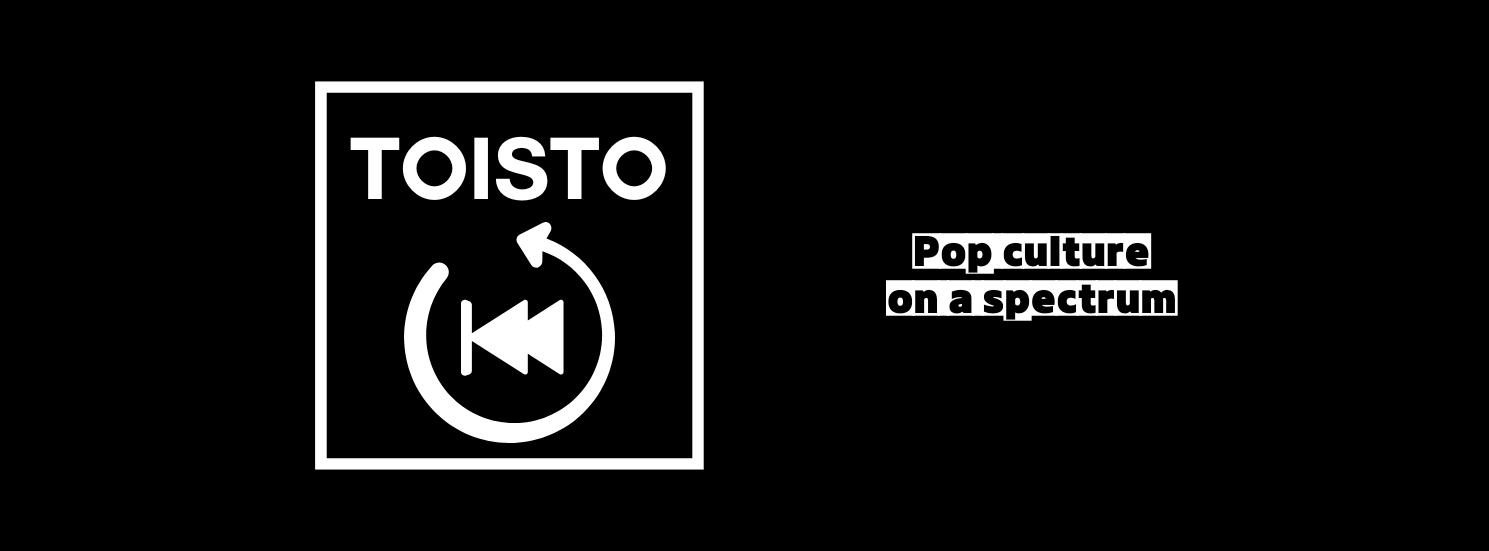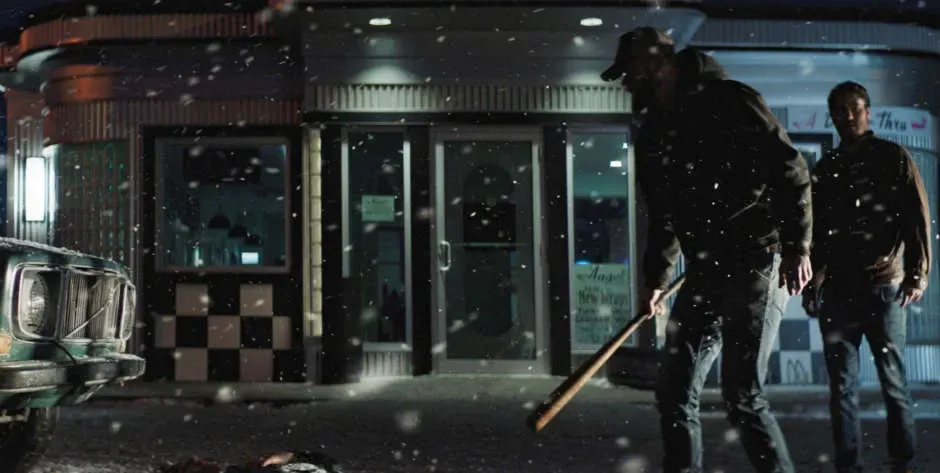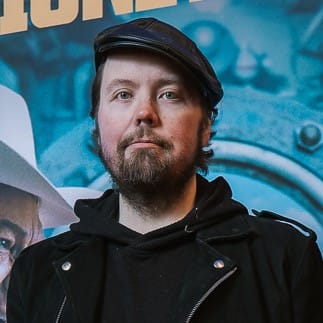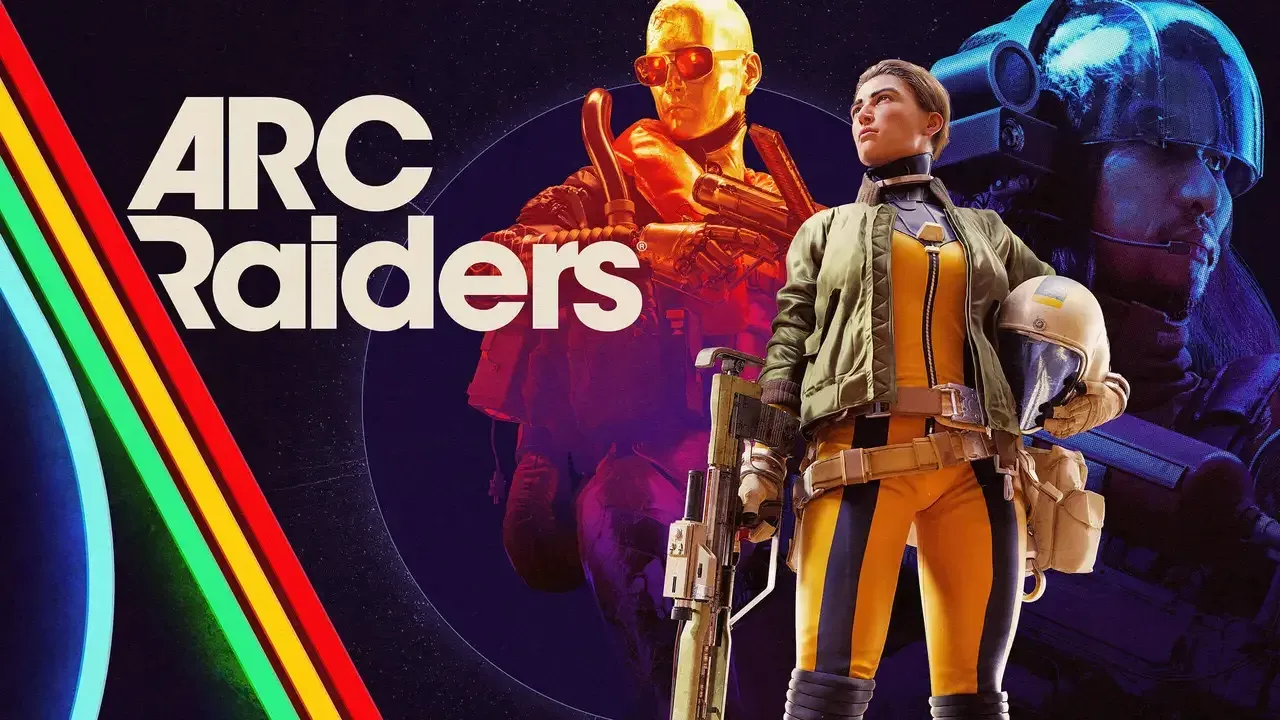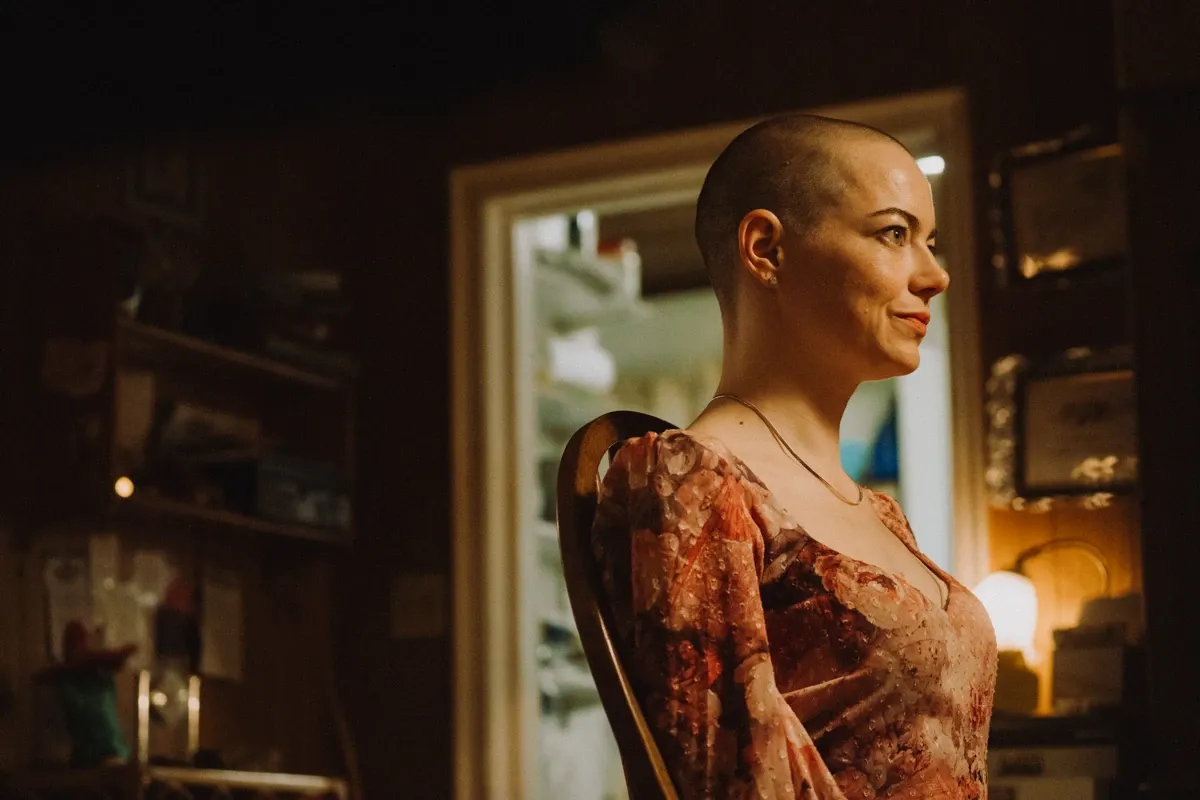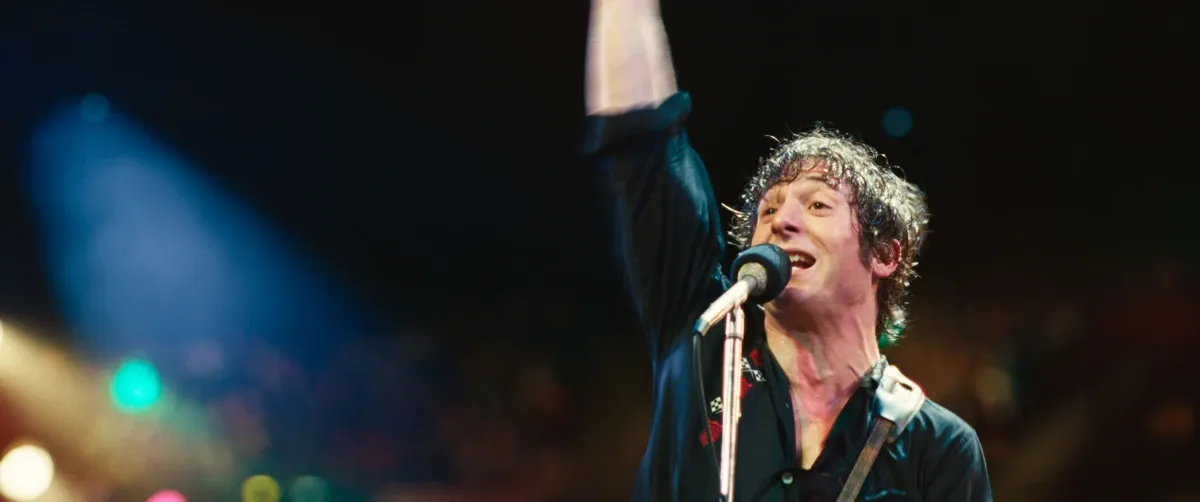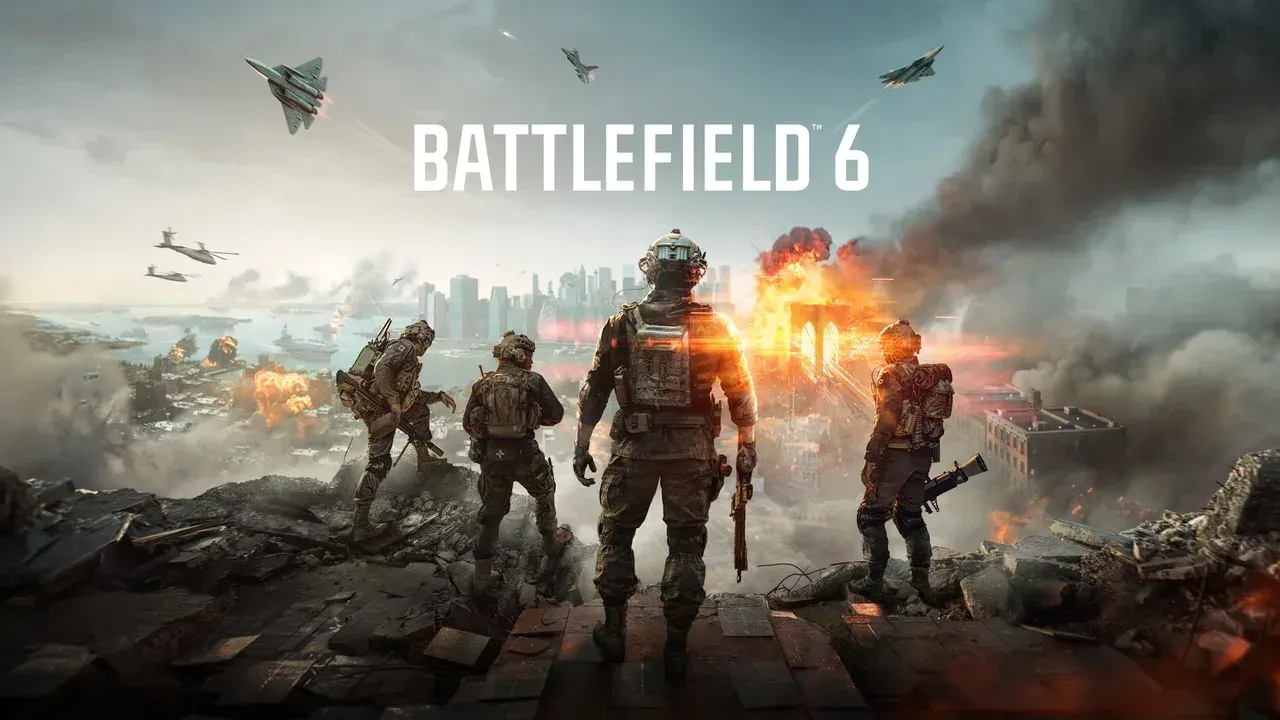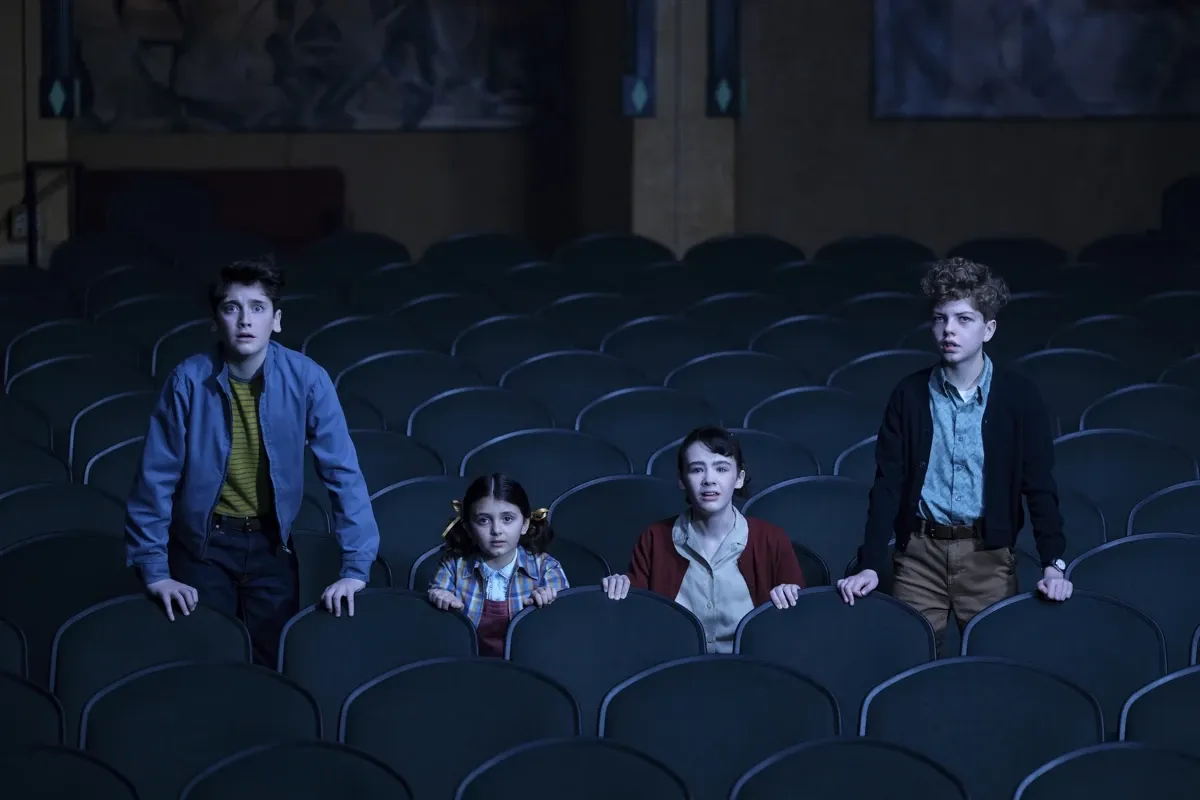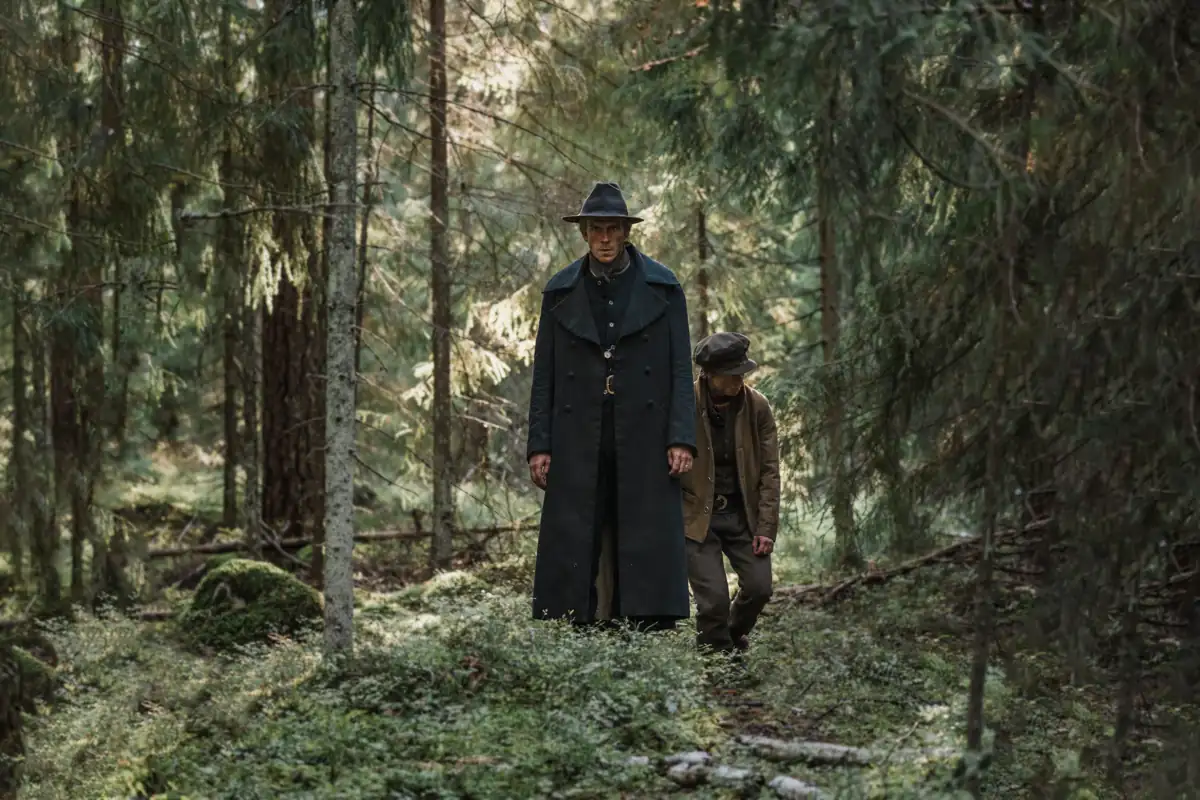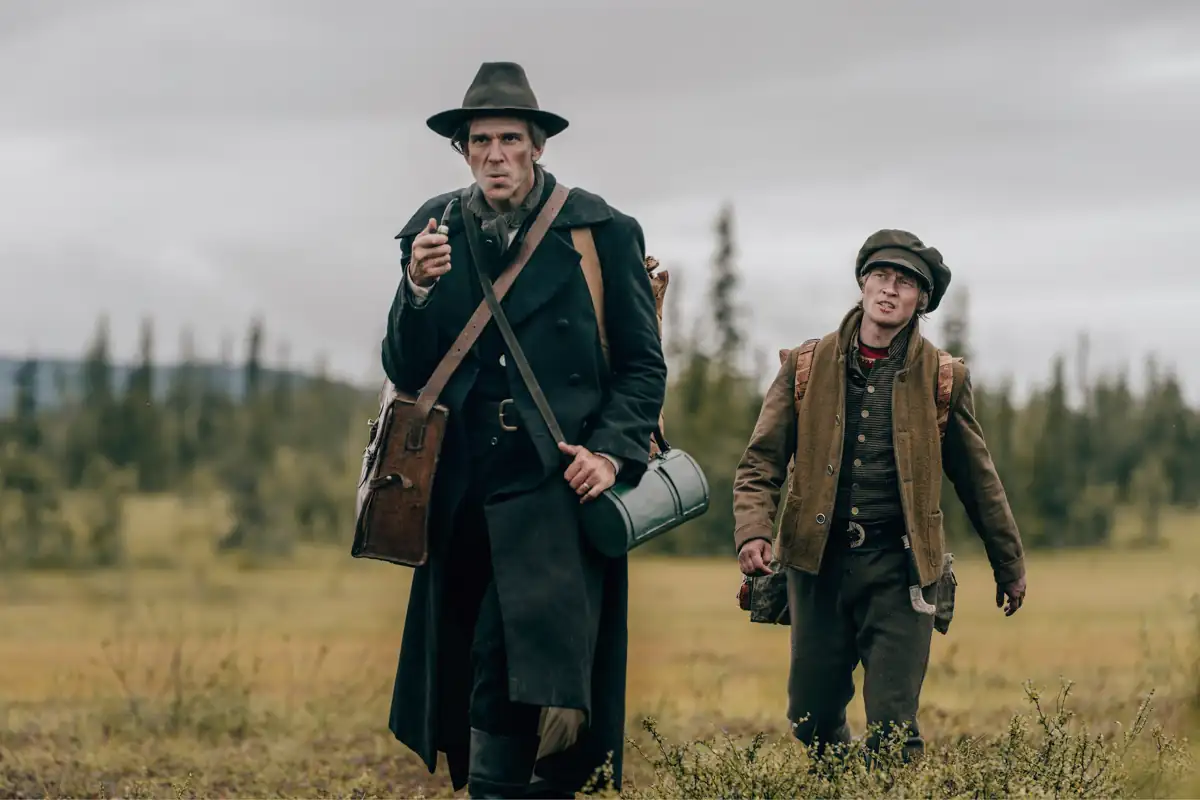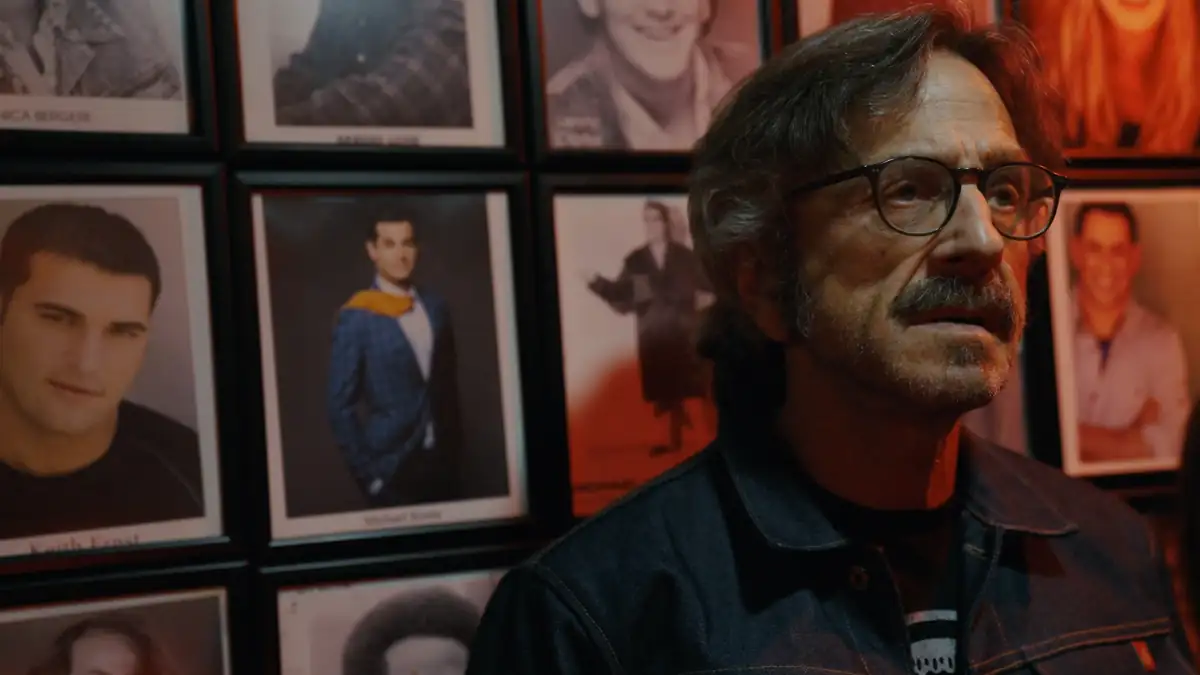I checked out a bunch of films for the upcoming Night Visions Maximum Halloween festival. Check out their reviews below, and if you’re interested, click on their headings to check out tickets and more info on the official Night Visions website.
Maximum Halloween kicks off tomorrow, November 16th, and continues until Sunday, November 20th.
Spiral
There is an anxious desperation that permeates Kurtis David Harder’s haunting thriller. But it’s not because of demons or anything supernatural. Instead, Harder and his writers, Colin Minihan and John Poliquin, tap into something more primal and sinister. That of the closed community. The kind of place where minds and hearts have tougher and taller gates than any of the houses.
The film follows a same-sex couple who move to a small town somewhere out in the boondocks in search of a more quiet life. Where they are, or where they’re coming from, isn’t mentioned. Sadly, it wouldn’t make a difference. Life for a member of any minority is hard no matter the location. Both men carry with them the trauma of their past, but their hopes for something better keep them going.
As you’d expect, not everything in the community is as it appears. Shadows linger, people hold their gaze a little too long, and there’s a constant sense that you don’t belong. Anyone “different” can relate. Those who can’t should consider why that is.
It’s in these moments, the dread of waiting for the inevitable, that Spiral excels. Harder builds tension with fantastic fakeouts and subversions, knowing precisely when to not cheap out on a scare. The beautiful cinematography makes the most of a meager budget, amplifying the entrapment one feels when they’re a stranger in their own home.
While it doesn’t quite stick the landing, Spiral is too much of a good film for it to matter. At least very much. I wish it had stuck its guns a bit more firmly. Now, the last act is buckshot instead of precise terror. It’s never bad, but there’s a sense that it robs us of something even more terrifying. And yet, even so, it lingers. Which is the sign of a great horror film.
Sissy
Sissy and Emma were friends once. Then, they weren’t. Alex and her friends made sure of that.
Years later, Sissy – Cecelia – is a successful social media influencer. She made it. A chance encounter brings her face to face with Emma once more, who invites Cecelia to a party to make up for the lost time. Only, that party is at Alex’s home.
If Lord of the Flies had TikTok, it would look something like Sissy. I mean that in the best possible way. Written and directed by Hannah Barlow and Kane Senes, Sissy is a withering, sometimes brutally accurate depiction of the pain that bullying leaves in people. It deftly weaves that universal trauma into the lives of Gen Z kids, who know even better than us Millenials just how toxic social media really is.
The result is a brutal picture, though often not in the way you would expect. It hammers the satire home with less grace than a hippo in a ballerina outfit, but Sissy isn’t here to play nice, either. Social media is a blunt instrument, criticizing it with anything finer would be a waste.
The cast, led by a tremendous Aisha Dee, is likewise here to play. Each one understands just how broad things need to get, and how terrifying those moments of subtlety become in return. If you play everything for an audience that fits in the palm of your hand, when someone cuts you down in person, it can cut like a knife.
Not that there isn’t brutality and gore in the picture. It’s just that Sissy takes its time getting there. Those moments are precision sharp. Arriving as suddenly as a thunderclap, leaving a long series of rumbles in their wake. You feel the aftershock for a long time. Sometimes, it’s hysterical. At others, I wanted to look away. It was when those two emotions intersected I knew I was seeing something special.
Barlow and Senes have a gem on their hands. It’s rough and odd and the reflection in it will look different to anyone who peers into it, but there’s no denying its raw value. I would be very nervous and excited about whatever they make next.
Lola
In 1940s rural England, two sisters build a machine that lets them see glimpses of broadcast media from the future. They’re a brilliant pair, who quickly and effortlessly build a camera, complete with on-hand sound, to document their findings. Soon, visions of the distant years pour in. Bowie, Dylan, the free love movement. A cultural revolution and a promise of a promise that things can change. It’s just thirty years ahead, but it might as well be on another planet.
But the machine also brings knowledge of our worse selves. The Second World War, the Holocaust, and every atrocity we still have ahead. The duo makes up their minds quickly. Someone, everyone must know, and future history must change.
Everything that unravels next is familiar, yet charming and new all at once. Time travel is fascinating because it is less about science than it is about us. Every story involving it is inevitably about regret. Either of the things we did or didn’t do, that now linger in the distant country of the past. Except here, their regrets are the moments our heroes sow even without realizing it.
The script, written by director Andrew Legge and Angeli Macfarlane, is a masterclass in crafting a lot from very little. It’s also one of the rare instances where the found footage genre truly works. Mostly because Legge and MacFarlane understand how our perception changes in the retelling. Our subjective narrator is unreliable because they’re telling a story from a time and place we’re racing to find. It gives the film a sense of both urgency and inevitability. There’s just as much to discover on a second and third viewing as there is on the first one. Whether that’s intentional or a happy coincidence of projection, I don’t know, but I’m happy to merit the filmmakers for it.
The leading duo, played by Stefanie Martini and Emma Appleton, are remarkable. They carry the picture effortlessly. Everything the picture asks from the viewer, including accepting that someone would carry a camera even into the most dangerous scenarios, feels perfectly reasonable thanks to them. Martini, as Thom, is a cross between the mythic Cassandra and a Riefenstahlian figure, trapped by her genius in a system that will devour her. Appleton, as Mars, soulfully ages before our eyes, as her youthful crush turns to love, her determination into courage, and, ultimately, defiance.
Lola is a treat not just for fans of the genre, but for anyone who loves science fiction. It taps into the same pulpy vein that pulses with Bradbury, Wolfenstein, and Primer, and yet feels wholly original. It enraptured me from the first frame, and I can’t wait to see it again the first chance I get.
Something in the Dirt
There is so much power in the words: “What if?” No one knows that better than Justin Benson and Aaron Moorehead, two indie filmmakers whose works I admire passionately. As storytellers, they can spin an epic out of the mundane and do so quite frequently with apparent ease. Their latest is a wild and suspenseful ride that stems from hopeless dreams and branches out into cataclysmic lunacy. But it never forgets that which anchors it. Namely, the two hapless dinguses, who believe they can lead better lives if they capture a supernatural event on tape.
Benson and Moorehead play said dinguses, and they’re captivating together. For men of a certain age, that nowhere place where you share the “wouldn’t it be great if” dreams together is startlingly real. It’s a hole you could climb out of, but it is what’s outside the hole that is more terrifying than staying in. Outside, you have to face reality. Inside, you can be anything you want, whenever the daydream takes you.
Like other great magical realists, Benson and Moorehead tap into everyday fears, desires, and, you guessed it, what-ifs, and weave a fantasy that feels wholly real. There’s a lived-in quality to everything. Even, and sometimes especially, the squalor. When things begin to unspool, it is more unnerving because we recognize the shape they once had.
As with Lola, the less you know about Something in the Dirt, the better. On my first viewing, I found myself aghast at the sheer audacity of these filmmakers. They tackle stories with bravado beyond their budgets, yet you’d never call anything they make low-budget. It might not have blockbuster money, but it has more heart, wit, and suspense than most big films in a decade. It is a film that makes the unknown equal parts alluring and terrifying, allowing us to experience the what-ifs collectively on screen. Then, we take it home, where it can live in our minds for years to come.
Influencer
Embracing the influence of films like Hostel and Single White Female, Influencer takes a while before it stands on its own. But when it does, there’s comfort in the discomfort. Suddenly, you’re in the hands of a talented filmmaker that’s playing to their strengths. This is the second film from Kurtis David Harder that’s playing at the festival and, it must be said, it’s the lesser of the two. But that’s not as damning as it sounds. Harder is immensely talented. For him, a slightly lesser film than Spiral just means it’s still impressive and unnerving in ways most dream about.
As with Spiral, Influencer deals with perception and reality, and everything we build around them. It dives deep into the shallow waters of lifestyle influencers, ably poking merciless fun at the vapid consumerism that keeps it afloat. Emily Tennant plays the lead and does so with unexpected grace. Her character, Madison, could so easily become a one-note joke in the wrong hands. Instead, Tennant and the sly script imbue her with all too real tragedy of wasted smarts and forced smiles. She’s trapped by the circles she’s built around her but has nobody to express it to.
Luckily for her, help arrives in the form of CW, a local who left her give-a-shits in baggage claim ages ago. She’s played by Cassandra Naud, who makes a meal of the delicious part. You’re never quite sure where to stand with her, and there’s a game of cat and mouse that Harder and Naud play with the audience that’s tantalizing. These moments of quiet anxiety – similar to the Kafkaesque nightmares of Spiral – are among the best of the film.
It’s just a shame the film takes way too long to get to these parts. The last third is wonky as well, although it sticks to the landing better this time around. The problem, as with Spiral, is the script settles for scares we’re familiar with. It holds in its hands all the elements of great parasocial terror, yet they remain distant. One particular revelation feels like an unexpected turn that, as it’s left unexplored, left me deeply disappointed.
Still, that shouldn’t scare you off. Regardless of complaints, Influencer is a terrific thriller. It takes the anxiety of the nineties, when Hollywood began to fear powerful young women, and smartly ties it into the unease of social media existence. That marriage resolves in a painfully real, claustrophobic nightmare that, when it hits a stride, it left me an anxious mess. Harder has the makings of a great filmmaker. One who, I believe, will take the audience by such surprise one day that the result will leave an entire generation gasping in fear.
